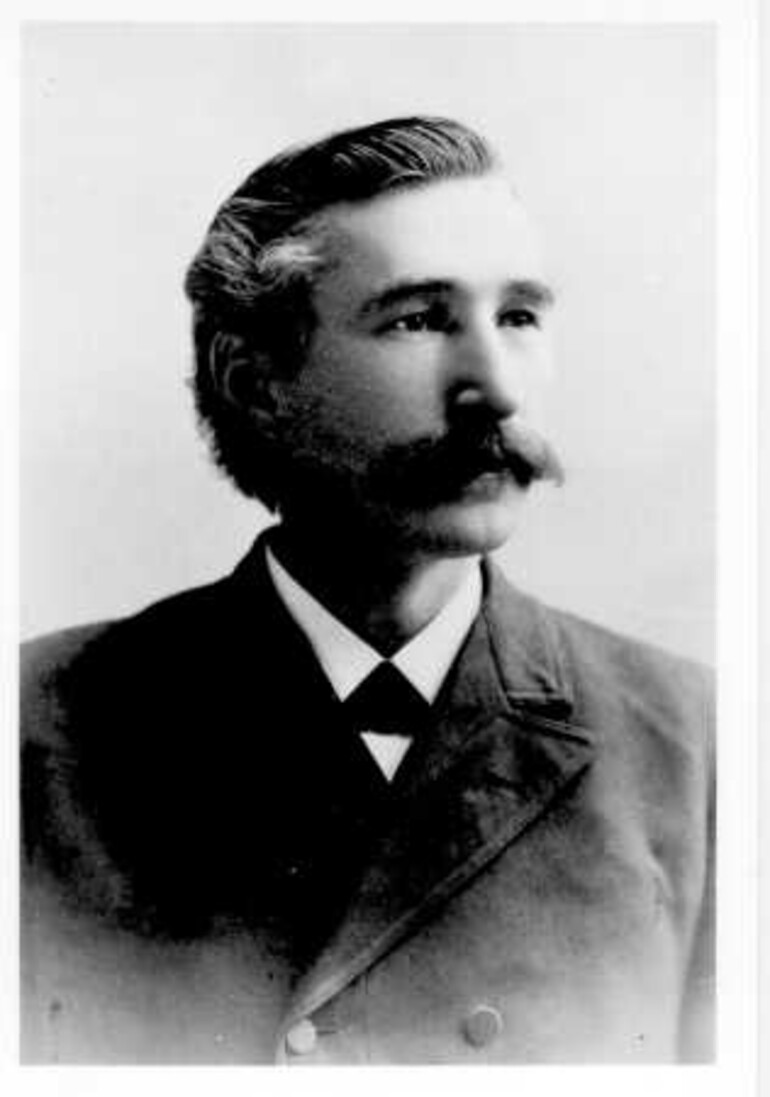At the age of 20, Alonzo T. Jones left his home in Rockhill, Ohio, and enlisted in the U.S. Army where he served in the Southwest before being transferred to Fort Vancouver in the Northwest. In January 1873, his company was transferred to northern California to reinforce existing troops who were attempting to dislodge 50 Modoc Indians from lava beds near Tule Lake and return them to their reservation.
Soon after their arrival, Lieutenants Sherwood and Boyle approached the Indians under a flag of truce, but were fired upon. As they ran for safety, Sherwood was killed. Jones’ group was closest to the action and was able to help Boyle escape and recover Sherwood’s body.
In time, the Indians were captured and taken to Indian Territory in what is today Oklahoma. Jones’ company of battle-weary soldiers was given orders to walk across eastern Oregon during the summer to their new assignment at Fort Walla Walla.
In 1874, Isaac Van Horn, the first Adventist minister to work in the Northwest, started by holding tent meetings in Walla Walla, the largest town in the Washington Territory. As a result, he organized a church of more than 60 members, who erected one of the nicest church buildings in the town.
One of the individuals who accepted the Lord and joined this church was Alonzo T. Jones. Describing his conversion, Adelia Van Horn wrote, “The next one that came forward (to be baptized) was a young soldier from the garrison. For weeks, he has been earnestly seeking the Lord, and a few days since received bright evidences of sins forgiven. After being buried with Christ he arose, exclaiming with upraised hands, ‘Dead to the world, and alive to thee, O my God.’" (Review and Herald, Aug. 25, 1874)
Following his baptism, Jones spent his spare time studying the Scriptures, especially the prophecies. By the time of his discharge from the Army in late 1875, he was well-informed on the teachings of the Bible and began assisting Van Horn with his evangelistic meetings. Six months later after organizing churches in Milton and Dayton, the two ministers moved to the Willamette Valley. Here, they conducted tent meetings and organized a church in Salem followed by congregations in Eola, Eugene City, Beaverton and Damascus.
In 1877, Adelia Van Horn’s sister, Francis Patten, came to the Northwest for a visit. While here she fell in love with Jones and they were married. At first the two families lived together. George Knight in his biography of Jones mentioned that this arrangement soon proved to be a mistake. The misunderstandings that developed put a strain on the couple’s relationship that continued for years. When a second conference (Upper Columbia) was established in 1880 in the Northwest for the territory east of the Cascade Mountains, the General Conference leaders thought it best to move Jones to the new conference. Here Jones held meetings in Farmington, Washington Territory, and organized a church. He also erected a church building for them.
For years, Jones had been asking denominational leaders for an opportunity to leave the Northwestern frontier to either attend college or work in the East. In 1884, he was transferred to California where he became co-editor of the Signs of the Times with E. J. Waggoner. Four years later, these young men presented messages on righteousness by faith at the 1888 General Conference Session that made a lasting impact on the denomination.











